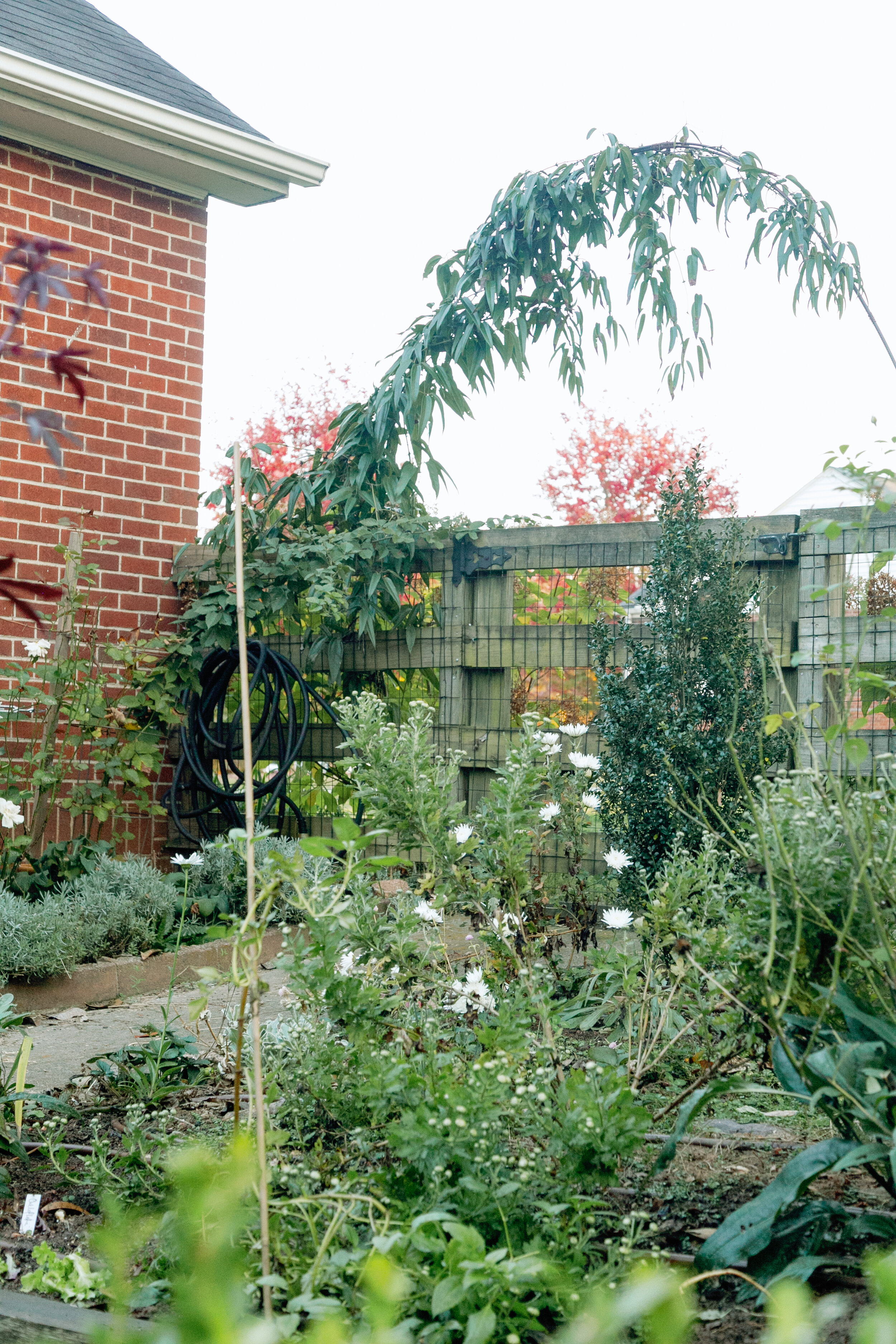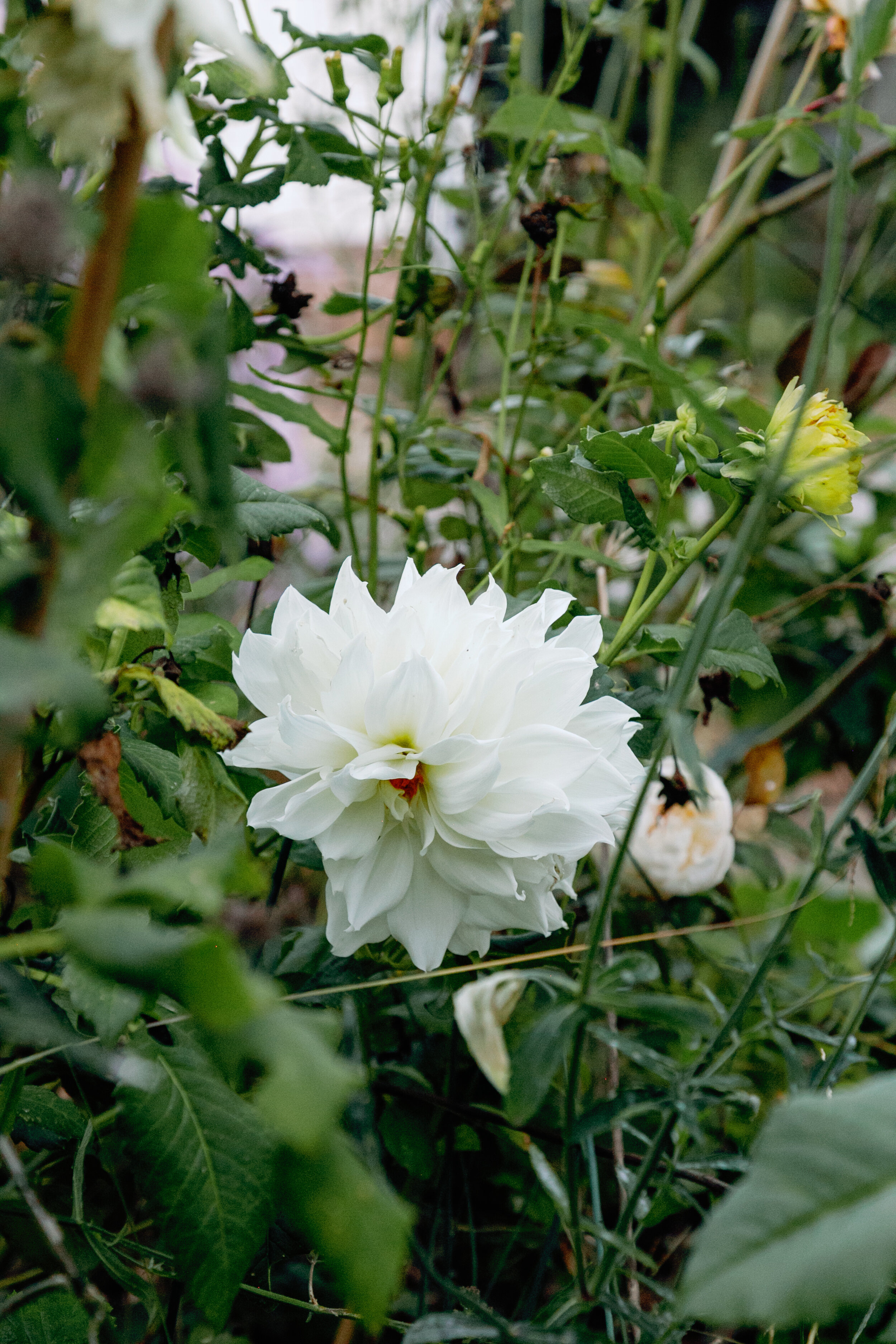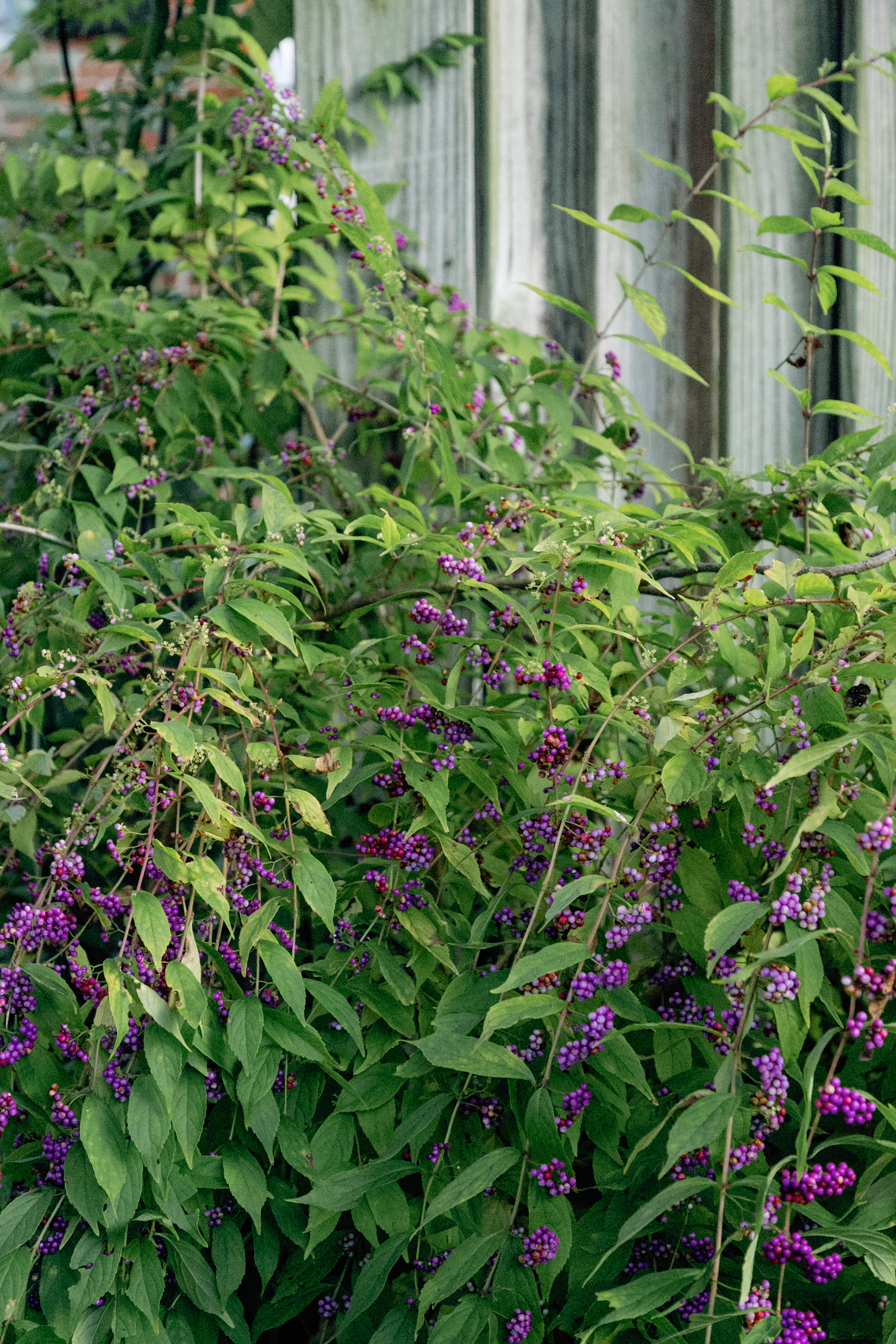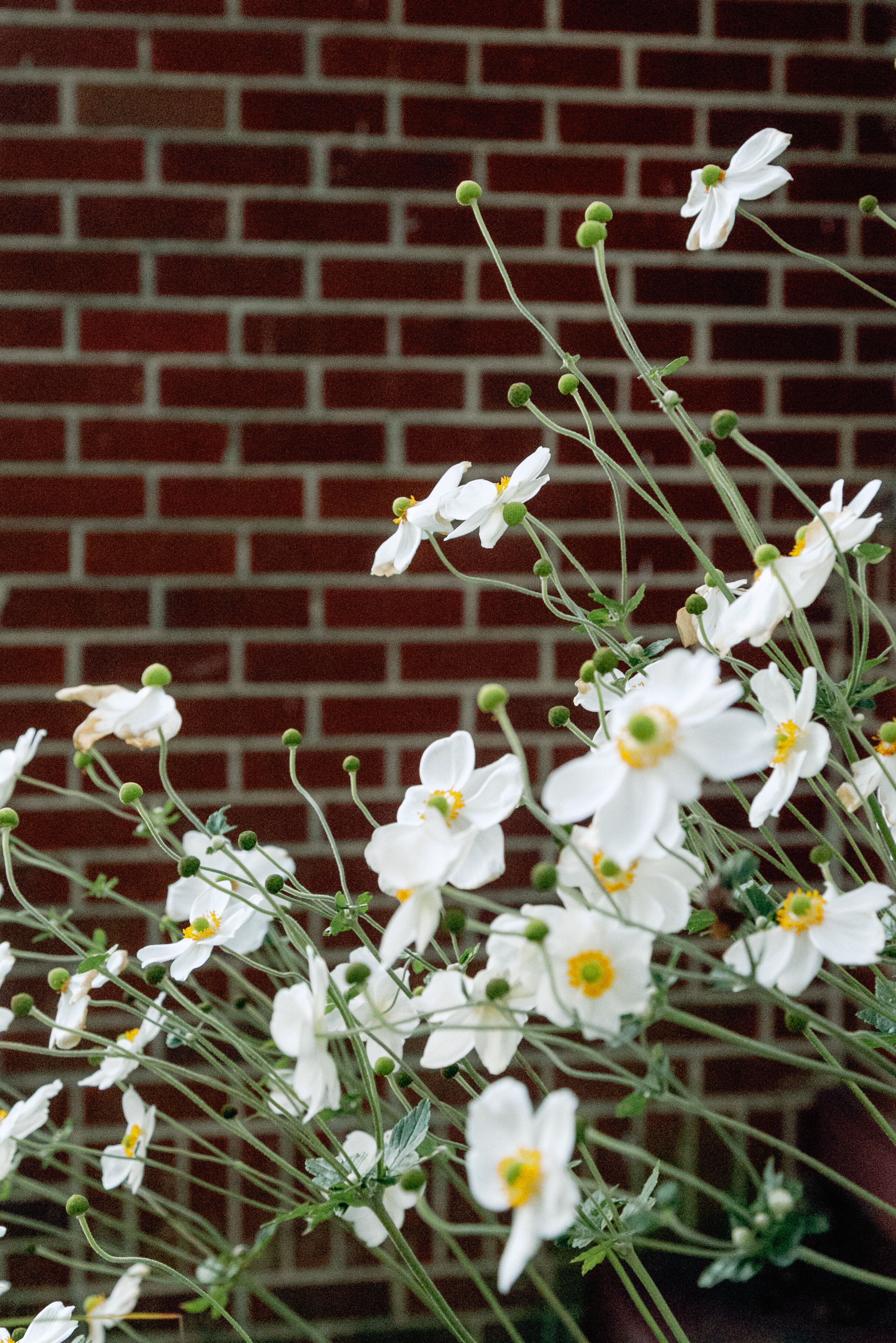Garden Update | October 2020
If we spent the early summer on Baby Watch, we’re now officially on Land Watch. We have casually watched the property market in our area for a few years now, but after losing an offer on a 20-acre property that we fell hard and fast for about a month ago, we have been haunting the real estate sites daily. It’s a somewhat depressing prospect, because we know plenty of people who had to look for years to find a promising piece in the right location (and one that they could afford). We have spent the last month essentially grieving something we never had, because almost from the minute we stepped onto that land, we felt a deep connection and started imagining all of the possibilities; I even named a big old oak with climbing planks nailed into the trunk “Raife’s Tree.” It also feels as if we’ve lost twice, because the whole experience made us realize that we are ready to move on, making us restless at home and cautious about wanting to start anything else here. So any of the exciting future plans we made for our current place? We’ve lost those for the present, too. Of course we have repeatedly scolded ourselves for getting attached to something that wasn’t ours. But it truly wasn’t a choice; it just happened. Nothing else we’ve seen before or since has even come close to capturing our imaginations in the same way.
We’re treading water for now, taking comfort in all the daily things that just have to be done. I haven’t found any better medicine for working through disappointment than the rituals of caring for animals and plants. The chickens still need to be let out and put up each night and moved to fresh clover each day, the plants still need to be watered, and the winter veggies planted.
Chicken Update | The event that we've braced for ever since their arrival in February finally happened: a chicken has died. Many people told us that chickens are great at dying in unfortunate and perplexing ways, and this was no exception. Our Black Australorp, Carmen, was found dead in a corner of the coop one evening after exhibiting absolutely no symptoms and sporting no apparent bodily damage. Her demise will forever remain a mystery. Gigi, the White Leghorn who spent the last month-plus in quarantine while her feet healed, has finally been reunited with the other six remaining girls. They haven’t been immediately accepting; apparently chicken memory is not great, and they’re treating her as a complete newcomer. It’s a bit like Mean Girls meets barnyard out there.
Invasives Remediation | Last winter we removed two full-size Chinese mulberry trees along with a forest of their (terrible!) thorny seedlings. As a response to the cutting, the mother trees have sent up tons of sprouts off their network of still-living roots all throughout our chicken meadow. And that even after the stumps were ground - they’re truly frightening plants. I’ll be the first person to advocate for minimal use of glyphosate and other herbicides, but sometimes they are exactly the tool needed. We’ve tried manual removal with these mulberry tree seedlings and sprouts and they’re too resilient; cut them down, and they branch at the stump and regrow with five heads like a mythical monster. Pull them up, and they will regrow from a fragment of root. We think that one of their thorns is what punctured Gigi’s foot and led to infection, and if we did nothing, the entire field would be a forest of thorns, choking out other life and preventing us from running the coop over it. The last month or so I’ve gone behind the coop with a backpack sprayer and hit each sprout individually with roundup. There is no fast way to do this without causing significant collateral damage. Again, it’s a case not of taking the easy way out, but of using the only tool that will effectively do the job for the better good of the whole system. Here are my rules for Roundup: if something can be manually eradicated - pulled up, cut down to where it won’t return, etc - do that. Don’t use pesticide because you’re too lazy to get down on your knees. And always carefully follow the label for directions on how to mix, apply, store, and dispose of it.
Fall Planting | 4 dozen greens seedlings have just gone in the ground, and I have a selection of cool-season flower seedlings in the wings that will go out by the end of October. This will be the second year that I’ve done a fall planting. The kale, foxglove, and snapdragons that I planted last year took us well into summer, and this year I’m expanding the selection with sweet peas, ammi, chocolate dara, among others. Fall-planted cold-hardy annuals give spring blooms in the garden far earlier than typical warm-season annuals. There’s a huge part of me that hopes we’re not still here in spring, but we probably will be - and when it comes, I’ll be happy that I made the effort now.
Nursery Cleanup | I’m getting less sentimental about plants, but I still have a hard time saying goodbye to anything that I’ve previously made an effort to keep alive. Thus, I have a lot of things in my nursery area that I’ve propagated myself, were destined for a project that never happened, or were given to me. And so they live in my nursery area, which I have to regularly weed and trim. I did so a couple of weeks ago, and everything looks shipshape for winter.
Bright Spots | A lot of things are naturally starting to look a bit shabby or sparse as the season winds down, but there are still plenty of stunning garden features in October: Asters, crysanthemums, dahlias, and Japanese anemones are in full bloom, grasses with showy plumes really shine against the fall color on maples/oakleaf hydrangea/etc., and Camellia Sasanquas are getting ready to burst into bloom if they haven’t already. My favorite garden chrysanthemum (pictured first) is an heirloom variety called “Ryan’s Pink” which starts out a clear pink and fades to a lavender-blush. The blooms last for weeks on the plant and make beautiful cut flowers for the house.
















